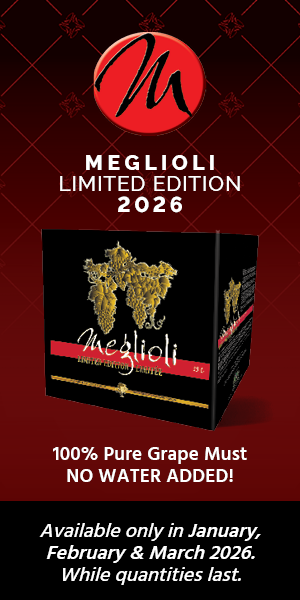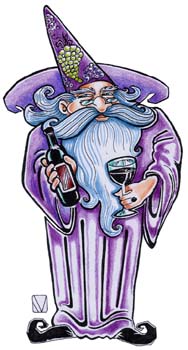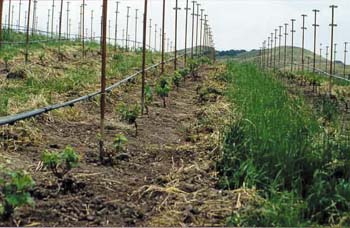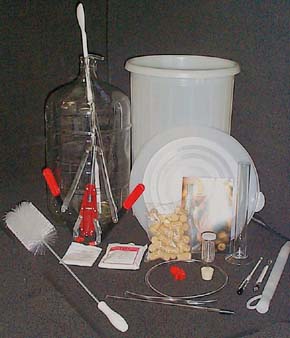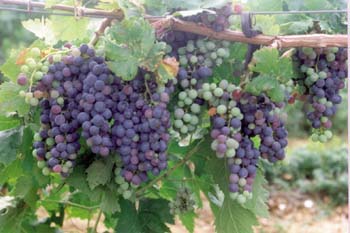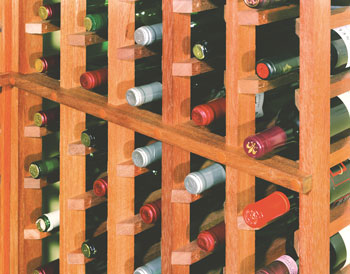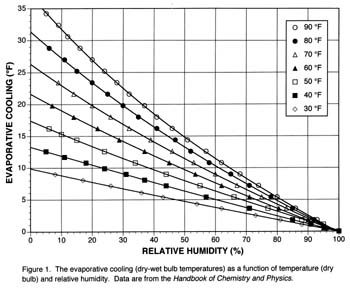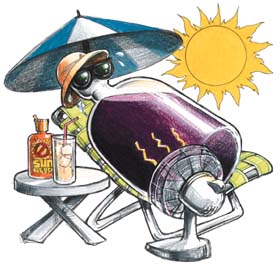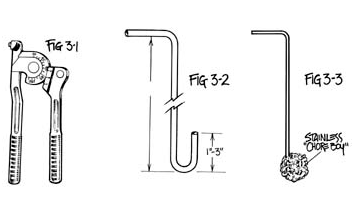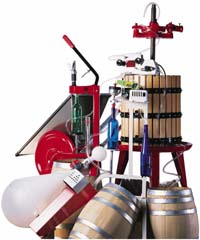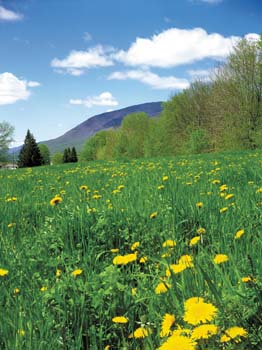Jun-Jul 2002
Sulfite-Free Wine & A Cool Quandry: Wine Wizard
QI am a beginning winemaker. I have yet to make my first batch, but I just got a kit that contains Pinot Noir juice. I want to make a sulfite-free wine because
How can I keep my fermenters cool during hot weather?
Wine Wizard replies: At my winery, I sometimes ferment grapes in the large, plastic bins they were picked in and I have similar cooling issues to the ones you’ve described above. Cooling
Can I make a sulfite-free wine?
Wine Wizard replies: It is impossible to make a sulfite-free wine, because wine yeast produce sulfur dioxide (SO2) during the fermentation process. Wines with no added sulfite contain from 6 to 40
First-Year Vineyard Care
The first year of vine growth is meant to establish a strong and vigorous root system and build stores of nutrients to hasten growth in subsequent years. Learn how to ensure this happens in your home vineyard.
Gear Guide
In the old days of winemaking, equipment came in many shapes and sizes. An old pickle crock here, a discarded water jug there and maybe some whiskey barrels that fell off the
Grenache: Varietal Focus
In Spain, where many historians claim the variety originated, this versatile grape is called Garnacha. The rest of the world calls it Grenache … and home winemakers call it a great grape
It’s Lysozyme Time
Home winemakers have an important new resource in the ongoing battle against spoilage organisms — it’s called lysozyme. Discovered in the 1920s and used for decades in the pharmaceutical, dairy and cheese
Evaporative Cooling
The grapes and apples are picked, crushed and pressed. Everything is a go for fermentation. Except it’s too hot! You want a cool fermentation, around 60 °F (16 °C), but the coolest
Ice Your Wine! Hot Weather Tips
It was early August 1988. My mother lived near Temecula, California on a property with 100 Cabernet Sauvignon vines. My husband and I were bringing the small vineyard back to life after
Build 3 Winemaking Projects
Build a cart to roll your fermenter around easily, a stainless racking cane, and cap plonker.
Upgrade Your Home Winery
If you are like most home winemakers, you’ve been making great wines from concentrate and juice, and you also may have experimented with small batches of grapes. Now you want to increase
Dandy Dandelion Wine
Ah, spring! The trees come into leaf, plants bloom again and the green lawns are covered with … dandelions. Dandelions, whose scientific name is Taraxacum officinale, are a member of the aster
